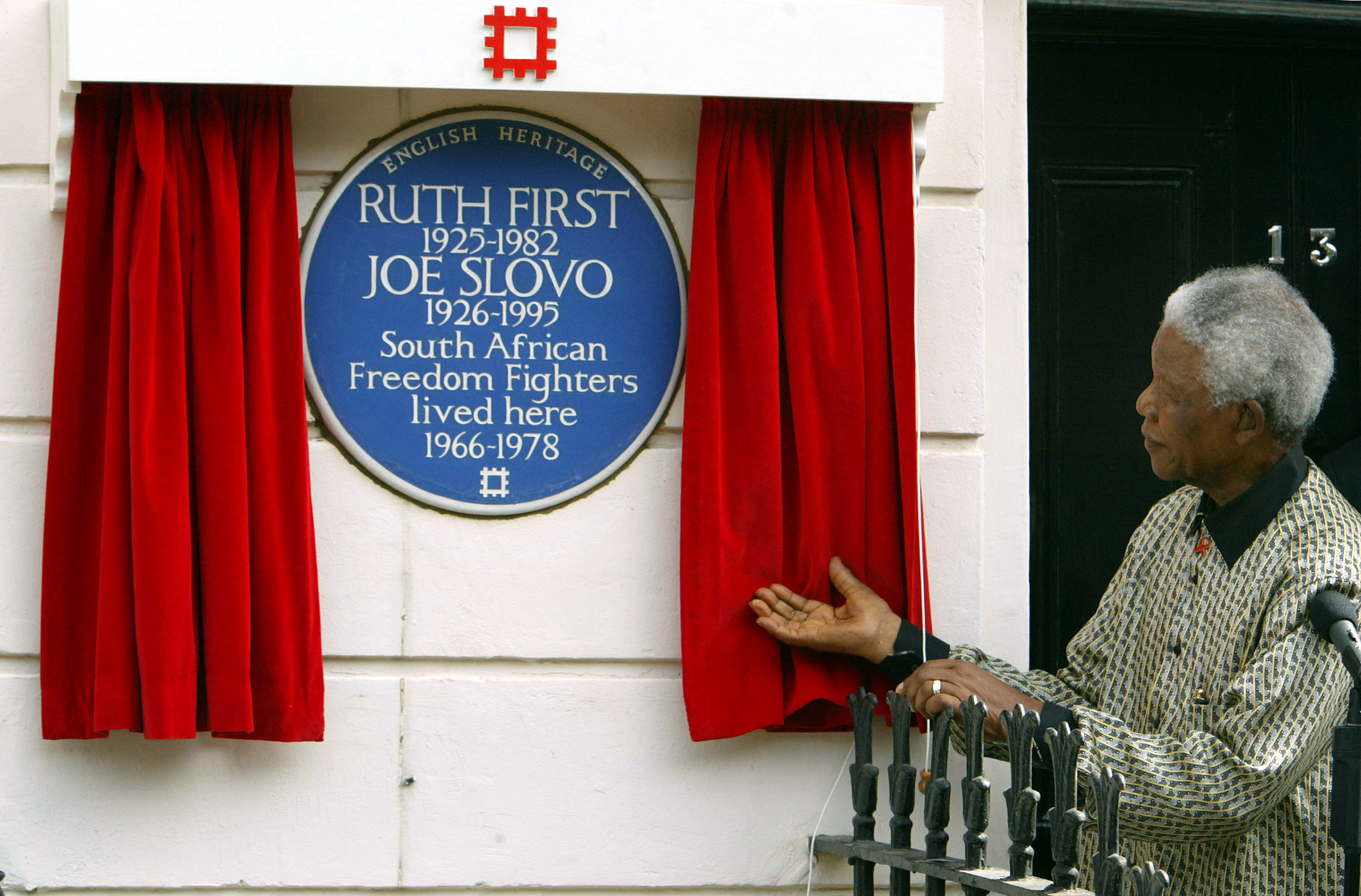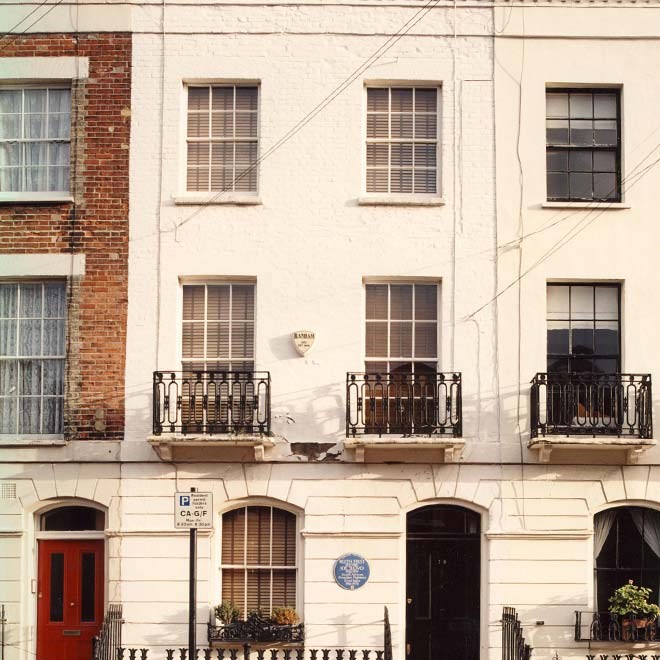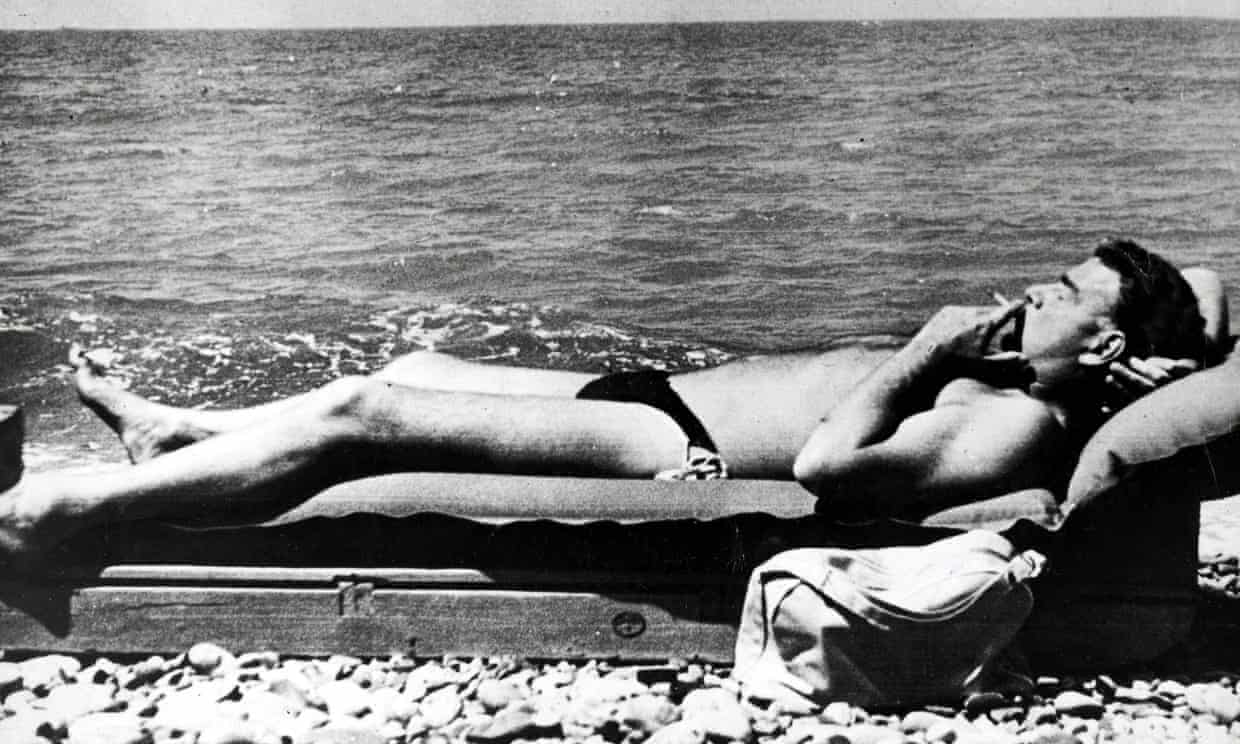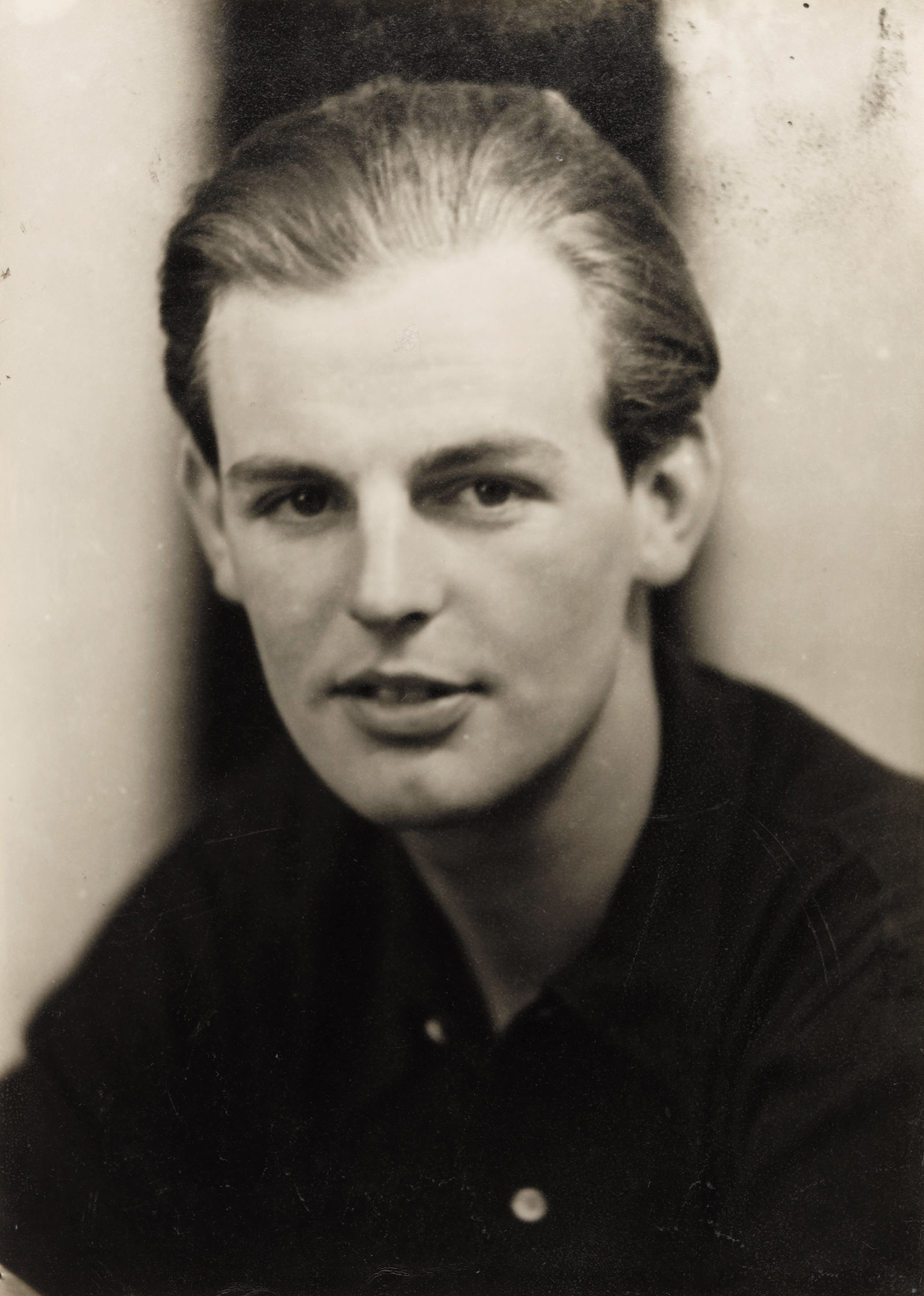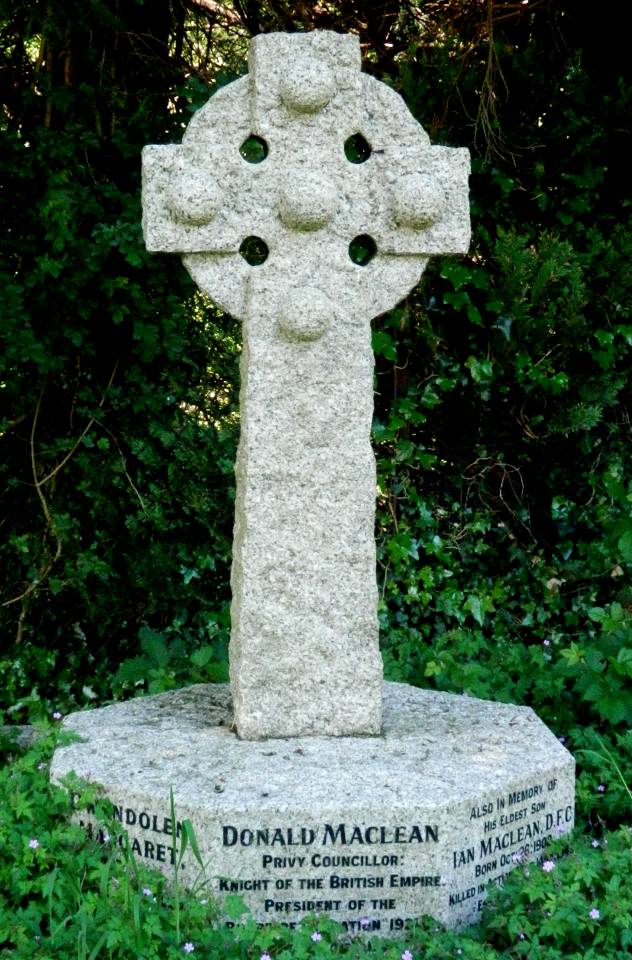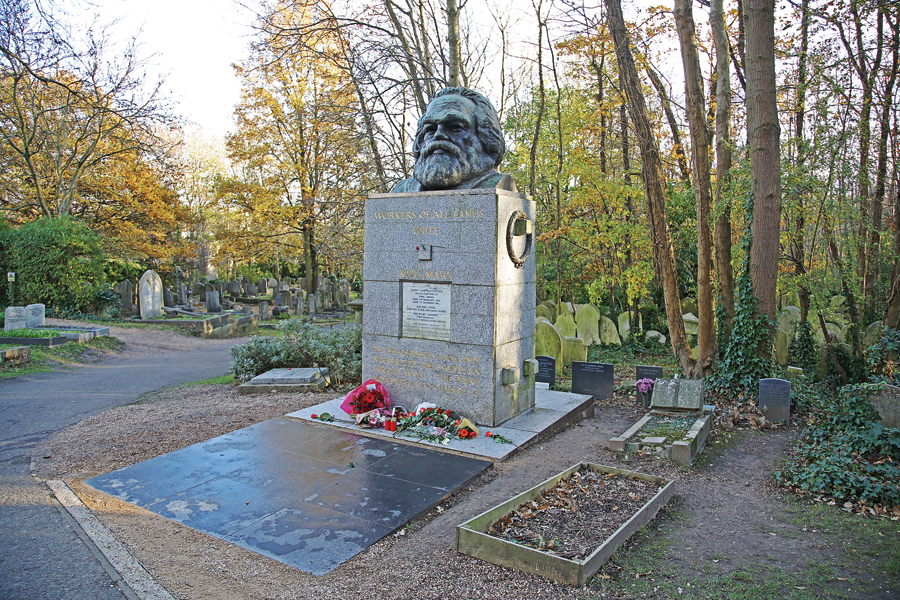
Marx Memorial Library, London

Karl Marx and his family lived some five years in what was then London's "German quarter" of Soho. This plaque marks the two rooms in 28 Dean Street where he lived -- now above a famous Italian restaurant.

Ho Chi Minh worked at the Cartlon Hotel Joseph Stalin lodged here in 1907 when he came to London to attend the 5th Congress of the Russian Social Democratic Labour Party. Tower House was one of six hostels built to provide cheap and clean accomodation for people who flocked to London looking for work.
Stalin paid sixpence a night for his fortnight's stay at Tower House -- described by the author Jack London as a "monster doss house" in People of the Abyss. Tower House is still standing in Fieldgate Street, Whitechapel. The RSDLP Congress met across the road in Whitechapel Road.
Further info
Spoiler:
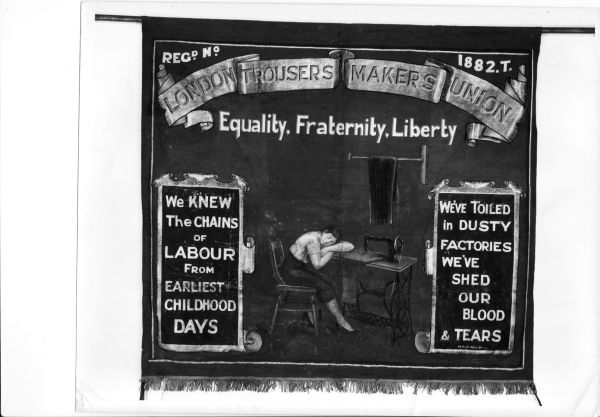
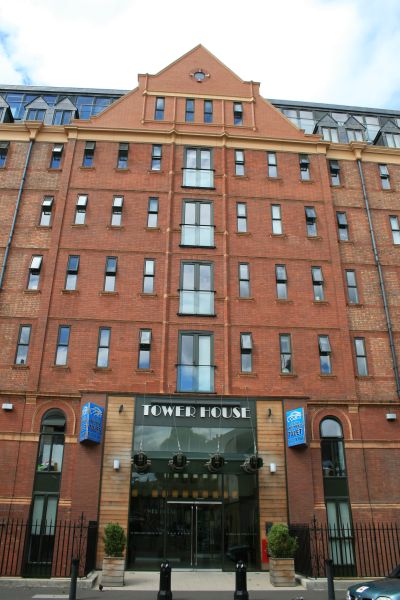
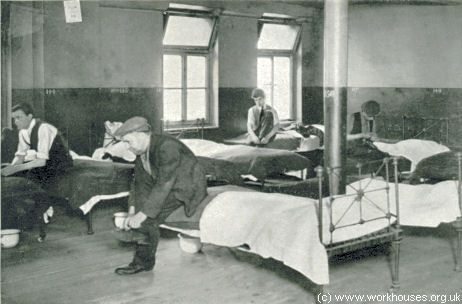
Frederick Engels died on 5th August 1895 in London but his ashes were scattered into the sea by Marx's daughter, Eleanor Marx Aveling on his instructions. Engels wanted only to be remembered for his partnership with Karl Marx and their practical and theorectical work to build the revolutionary socialist movement. His ashes were cast into the sea at Beachy Head, near Eastbourne, a favourite spot for both Marx and Engels.

Yusuf Dadoo South African apartheid fighter, also buried in HighGate
Radicalised in Edinburgh and London. In 1936 he completed his medical degree and returned to South Africa. Yusuf joined the Communist Party of South Africa (CPSA) in 1941.
In 1908, the National Party (NP) was elected at the all-White 1948 general election. The NP immediately began implementing a formal policy of apartheid. In 1949, they also introduced the Suppression of Communism Bill to ban the South African Communist Party, causing the CPSA to pre-emptively disband and go underground.[2] In 1950, Yusuf was elected president of the SAIC, which promptly joined with the ANC in organising a defiance campaign against unjust laws.[2] Yusuf was the deputy chair of the planning council, headed by Walter Sisulu, and the two were mainly responsible for the report around which the campaign was organised.[2]
By 1952, the government responded to the Defiance Campaign by introducing more oppressive legislation. Dadoo was banned from attending all gatherings and ordered to resign from the SAIC and the Defiance Campaign planning committee.[4] In 1953, Dadoo and others secretly reconstituted the CPSA as the South African Communist Party (SACP), with Yusuf serving as chairman of the central committee.[4] That same year, Yusuf was further banned from participating in fifteen protest organisations.[4] Under these bans, he was unable to openly participate on the Congress Alliance and the writing of the Freedom Charter, although he continued to be consulted in secret, his advice being greatly respected.[2] In 1957, he was explicitly banned from speaking to more than one person at a time.[4]
In 1960, the Sharpeville Massacre prompted the government to declare a state of national emergency and issue warrants for the arrest of most known leaders of protest organisations. Dadoo evaded arrest and operated underground for several months, until the SACP, in consultation with the SAIC, decided to smuggle him out of the country to act as an international spokesperson for the struggle. Dadoo strongly disagreed with the idea, but was overruled, and finally agreed to go into exile in London.
In 1972, the then-chairman of the SACP, J. B. Marks, died, and Dadoo was unanimously elected in his place.[2] He continued in this role, as chairman in exile, until his death.

Engels Lived here from 1870-1894 in Regents Park, London
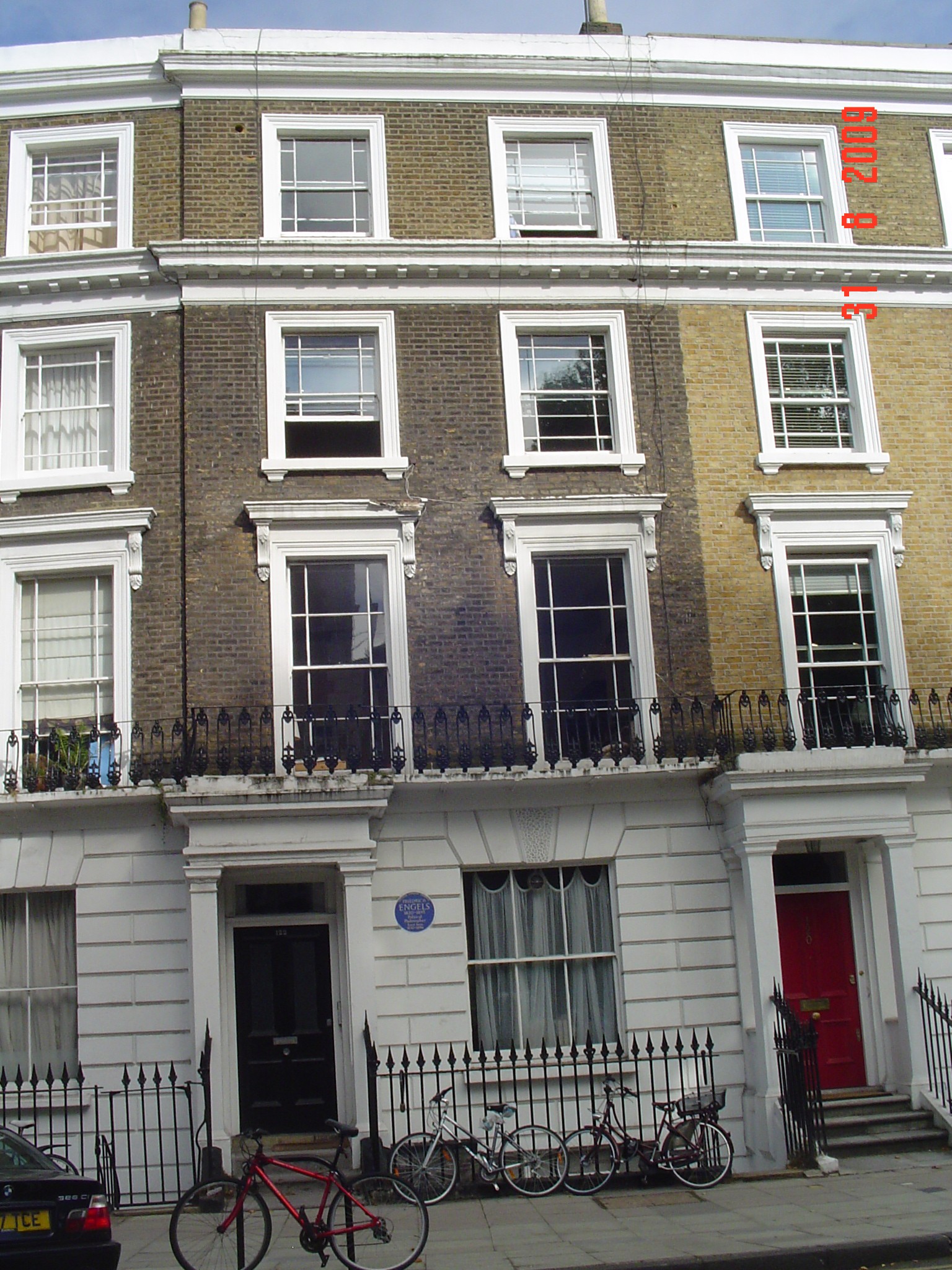

Stalin Avenue located at ME5 0EY is in Chatham, Kent flanked by Churchill and Roosevelt Avenues. STALIN ROAD (CO2 8SW) in Colchester, Essex leading from the more grander sounding Roosevelt Way and Churchill Way.
This giant iron monument stands on a hill outside Langholm in the Scottish Lowlands. Hugh McDiarmid was the pen name of Christopher Murray Grieve, communist, Scottish nationalist and arguably the greatest figure in 20th century Scottish literature. It is designed as an "open book" in tribute to McDiarmid's poetry and writings during his long life.
Christopher Murray Grieve, the son of a postman, was born in Langholm in 1892. He joined the Independent Labour Party (ILP) in 1908. He was a member of the Communist Party from 1934 until 1938 -- when he left over disagreements on the Scottish national question.
A founder member of the National Party of Scotland he rejoined the Communist Party in 1956 in support of the Soviet intervention to crush the counter-revolution in Hungary. He remained a member until his death on 9th September 1978.
Poem - On A Raised Beach
Spoiler:
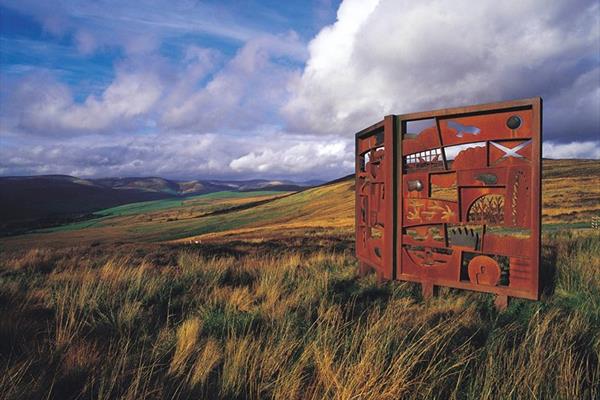
International Brigade Memorial, London
Designed by Ian Walters and unveiled in 1985 the inscription reads : "In honour of over 2100 men and women volunteers who left these shores to fight side by side with the Spanish people in their heroic struggle against Fascism 1936-1939. Many were wounded and maimed, 526 were killed, their example inspired the world. "
The quotations read: "They went because their open eyes could see no other way" and "Yet Freedom! Yet thy banner, torn but flying, streams like the thunder-storm against the wind".
International Brigade Memorial, Glasgow
This statue is dedicated to Dolores Ibarruri the Spanish Basque communist leader known for her brilliant oratory during the Civil War. Born in 1895 joined the Spanish Socialist Party in 1917 and later was a founder of the Communist Party of Spain. She wrote for several communist newspapers uner the pen-name of "La Pasionaria" (Passion Flower) and was elected to the Spanish parliament in 1936. She lived in exile in Moscow until the death of the fascist dictator General Franco, coming home in 1977 and re-elected to parliament that year at the age of 81. She died in 1989.
Designed by Arthur Dooley and erected in 1977 the inscription reads: "The City of Glasgow and the British Labour Movement pay tribute to the courage of those men and women who went to Spain to fight Fascism 1936-1939.
2,100 Volunteers went from Britain, 534 were killed, 65 of whom came from Glasgow.
https://www.theglasgowstory.com/images/TGSA00871_m.jpg
This commemorative red plaque is above 3-5 Dock St, just off Cable Street
Hundreds of thousands of anti-fascists took to the streets of London's East End on Sunday October 4th 1936 to stop Sir Oswald Mosley's Blackshirts marching through a prodominently Jewish part of London. The Communist Party played a major part in the mobilisation along with the Independent Labour Party and the Jewish Ex-Servicemen's Association.
On the eve of the Mosley march the Daily Worker warned that "The fascists are pouring out unimaginable filth against the Jews. The attack on the Jews has been the well-known device of every bloodthirsty, reactionary, unpopular regime for centuries". The issue was "not merely a question of elementary human rights...the attack on the Jews is the beginning of the attack to wipe out the socialist movement, trade unionism and democracy in Britain".
On the day some 3,000 Blackshirts and thousands of police were met by a hostile crowd who had erected barricades to stop the fascists marching. After hours of clashes with the police and many arrests the police told Mosley the march would have to be abandoned.
https://d2kdkfqxnvpuu9.cloudfront.net/i ... /49039.jpg
Ruth First and Joe Slovo
13 Lyme Street, Camden, London was the house where two prominent South African communists lived in London exile.
Two leading members of the South African communist party lived in London exile from 1966 to 1978. The couple were high-profile members of the African National Congress and their house in Camden became a centre for the anti-apartheid struggle.
In 1982 Ruth First was killed by a parcel bomb, sent by the racist South African regime, in Mozambique where she was teaching.
Joe Slovo became the first white member of the ANC national executive council in 1985 and he was elected general secretary of the South African Communist Party in 1986.
Slovo lived to see the end of apartheid, returning to South Africa in 1990 and elected to parliament in the first free elections of 1994. He was appointed Minister of Housing in the Mandela government, a post he held until his death in 1995
